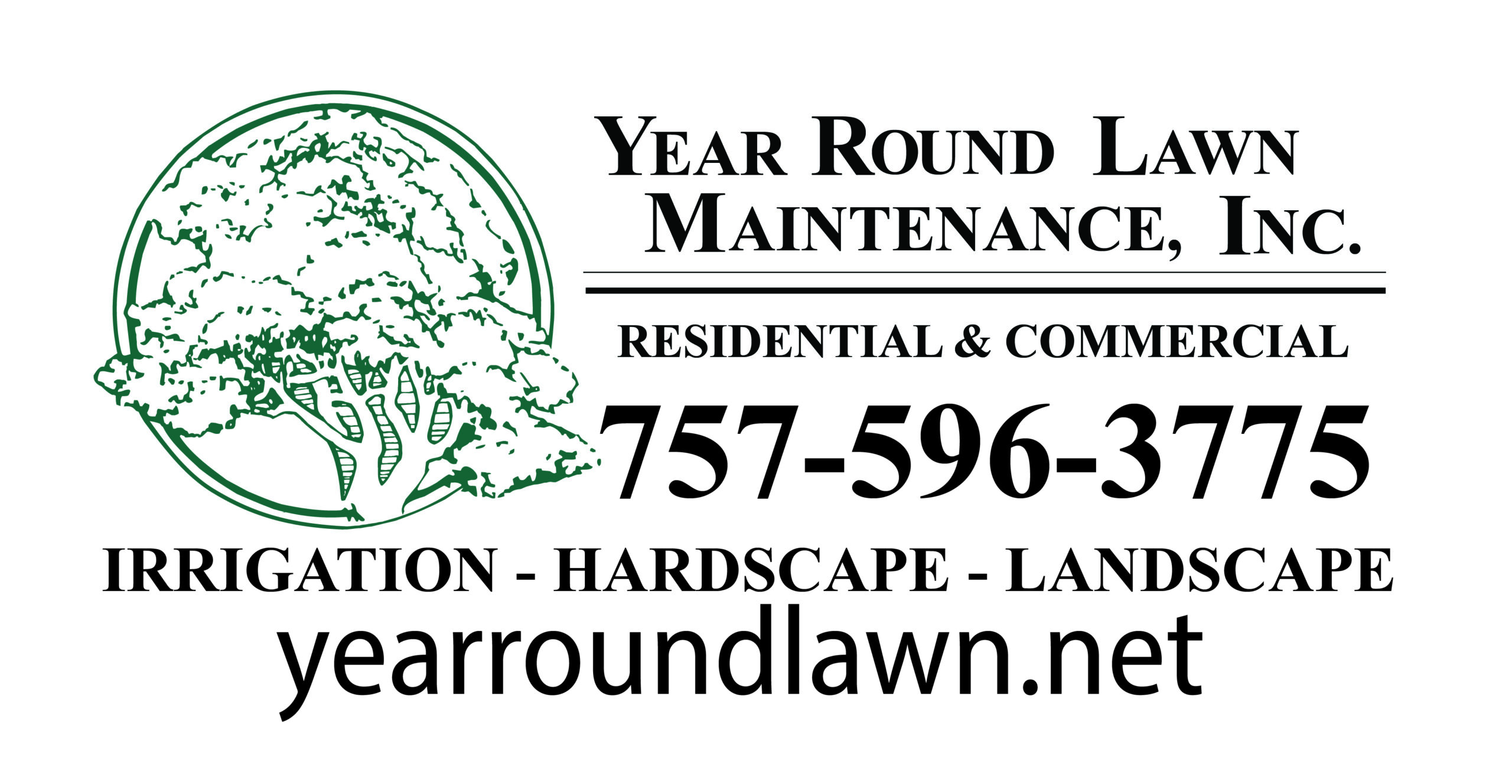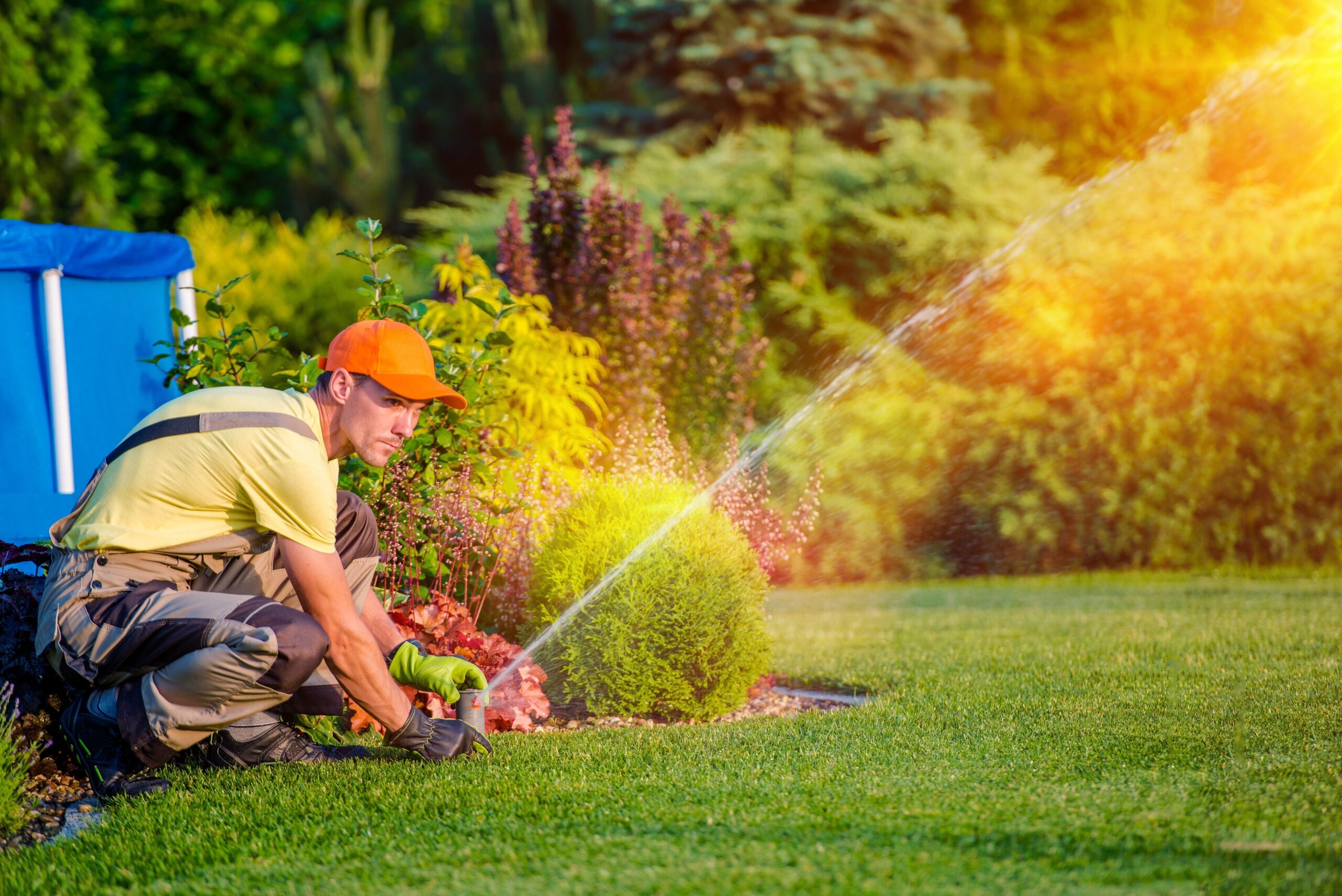Rain Bird Sprinkler System Installation have been the popular choice of people for the past 90 years. It is because of its rich features that allows effective irrigation keeping. All the biotic components of your lawn fully hydrated.
If you are considering Rain Bird sprinkler system installation, it is important to understand the associated costs.. Moreover, factors that can highly impact rain bird sprinkler system installation cost.
In this blog, we are going to discuss the major factors. That affect rain bird sprinkler system installation cost, so give it a careful read.
Table of Contents
ToggleFactors Affecting Rain Bird Sprinkler System Installation Cost
Size of the area:
First and foremost, the size of your lawn or outdoor space is crucial for Rain Bird sprinkler system installations. It depends on how big or small your area is.
A small garden of about 500 square feet will require fewer materials. And less labor compared to a large lawn of 5,000 square feet or more.
For instance, installing a sprinkler system in a 500-square-foot garden may cost between $1,000 to $2,000, while a larger property might range from $3,000 to $7,000 or more. Larger systems require more sprinkler heads, piping, and possibly multiple zones, which all add to the cost.
Type of system you choose:
There are two types of rain bird sprinkler systems, drip Vs conventional systems. Conventional sprinkler systems are made out of tubing implanted in the ground with heads above that spray water on your plants. Whereas, drip irrigation uses tubing that runs low along the ground and slowly drips water into the soil surrounding your plants. Each has both advantages and disadvantages.
A simple drip irrigation system will cost you around $1500. On the other hand, a more advanced conventional sprinkler system with multiple zones could cost between $3,000 and $5,000 for an average-sized yard.
Soil and terrain conditions:
The state of your yard’s soil and terrain might have a major impact on the Rain bird sprinkler system installation cost. If you have rocky or clay-rich soil, the installation process may be more labor-intensive. In this way, as excavating and trenching frequently focus on the use of specialized equipment and extra time, it will increase the total rain bird sprinkler installation cost.
Let’s say you have a sandy lawn, Rain bird sprinkler system installations would roughly cost you around $2000 for a medium-sized yard. However, if you have a rocky terrain, it will increase the cost to $3500 or more due to additional labor.
Labor costs in your area:
Do you live in an urban or a rural area?
The area where you live has a high influence on the rain bird sprinkler system installation cost. If you are hiring a professional for rain bird sprinkler system installations in a metropolitan area, it can cost you around $50 to $100 per hour. While in a rural area, the rate might drop to $30 to $60 per hour. This can add hundreds or even thousands of dollars to your overall installation cost, depending on the complexity and duration of the project.
Any additional features and technology:
The kind of extra features you select might have a big influence on the Rain bird sprinkler system installation costs. Rain Bird provides a variety of technology, including sensors that measure soil moisture content. And complex controllers that modify watering schedules in response to weather conditions.
For instance, installing a smart controller can cost $200 to $500 or more. While a simple timer might cost an extra $50 to $100. These technologies not only increase your system’s efficiency but also call for particular installation methods that may affect labor costs.
CONCLUSION:
To sum up, if you are considering Rain Bird sprinkler system installations, focus on these factors before making your final decision:
- Assess the size of your lawn.
- Get a detailed knowledge of the type of system you choose (conventional vs drip)
- Assess the soil and terrain conditions of your yard.
- Get a handful of knowledge about the labor cost in your area.
- Look if you require any additional technologies and how much they cost.

